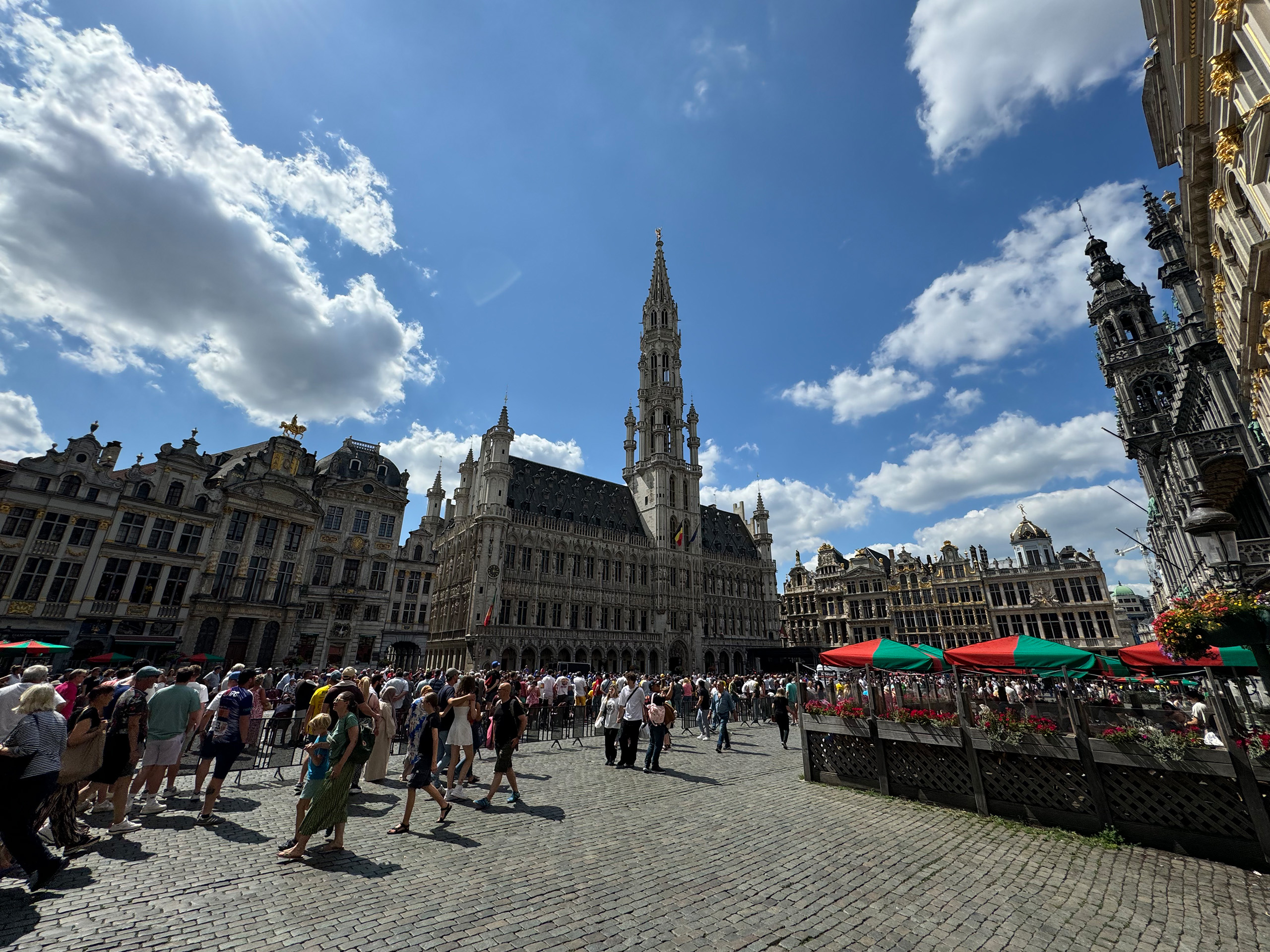 The belfry (Dutch belfort, French beffroi) is a significant architectural and historical landmark in Belgium, particularly in Flanders, but also in Wallonia and northern France. These imposing towers were erected in the Middle Ages by secular city authorities or guilds as symbols of civic power, often in contrast to that of the Church. Many of these belfries have been preserved in Belgium and are now part of the UNESCO World Heritage.
Most belfries were built during the Gothic period and rank among the most important… read more
The belfry (Dutch belfort, French beffroi) is a significant architectural and historical landmark in Belgium, particularly in Flanders, but also in Wallonia and northern France. These imposing towers were erected in the Middle Ages by secular city authorities or guilds as symbols of civic power, often in contrast to that of the Church. Many of these belfries have been preserved in Belgium and are now part of the UNESCO World Heritage.
Most belfries were built during the Gothic period and rank among the most important… read more  The belfry (Dutch belfort, French beffroi) is a significant architectural and historical landmark in Belgium, particularly in Flanders, but also in Wallonia and northern France. These imposing towers were erected in the Middle Ages by secular city authorities or guilds as symbols of civic power, often in contrast to that of the Church. Many of these belfries have been preserved in Belgium and are now part of the UNESCO World Heritage.
Most belfries were built during the Gothic period and rank among the most important… read more
The belfry (Dutch belfort, French beffroi) is a significant architectural and historical landmark in Belgium, particularly in Flanders, but also in Wallonia and northern France. These imposing towers were erected in the Middle Ages by secular city authorities or guilds as symbols of civic power, often in contrast to that of the Church. Many of these belfries have been preserved in Belgium and are now part of the UNESCO World Heritage.
Most belfries were built during the Gothic period and rank among the most important… read more 
 Belgium is a small country filled with historically significant sites. Currently, there are 79 UNESCO World Heritage sites in Belgium, with more being added. Here is an updated overview:
Grand Place in Brussels
The Grand Place in Brussels was built in the 11th century and is now the historic center of Brussels. Originally, the square showcased a vibrant mix of styles from the 15th to the 17th centuries. After its destruction in 1695, the city council redesigned it with its current cohesive Baroque facade.
Major…
Belgium is a small country filled with historically significant sites. Currently, there are 79 UNESCO World Heritage sites in Belgium, with more being added. Here is an updated overview:
Grand Place in Brussels
The Grand Place in Brussels was built in the 11th century and is now the historic center of Brussels. Originally, the square showcased a vibrant mix of styles from the 15th to the 17th centuries. After its destruction in 1695, the city council redesigned it with its current cohesive Baroque facade.
Major… 